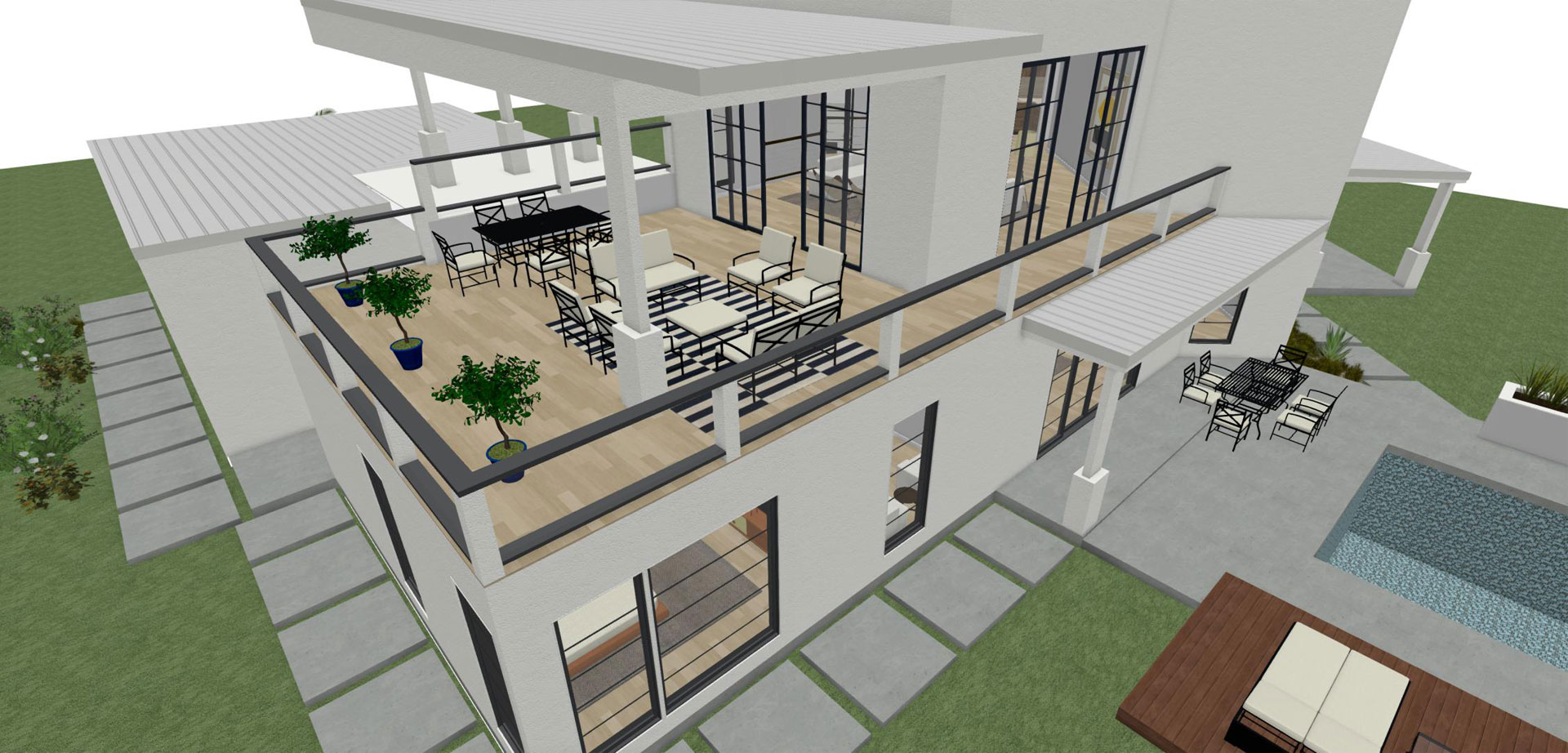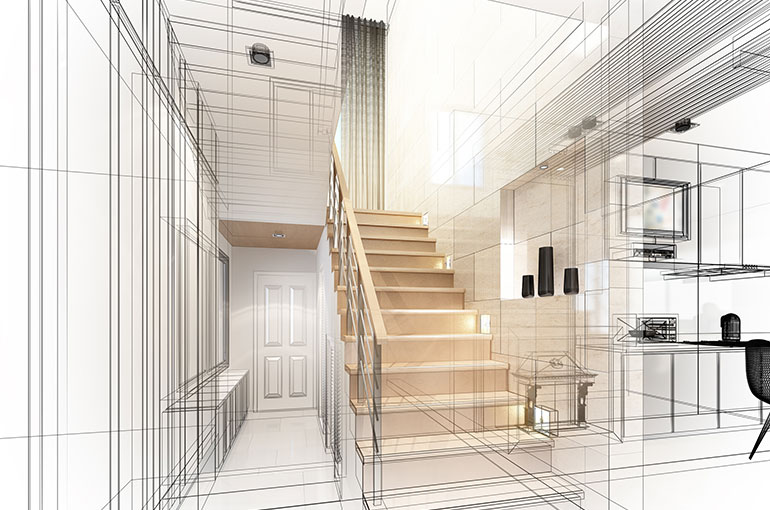Just How CDA Architects Combine Imagination and Performance in Modern Style
Just How CDA Architects Combine Imagination and Performance in Modern Style
Blog Article
An Extensive Introduction of Building Designs and Their Influence on Modern City Planning and Advancement
Building designs have actually long offered as a mirror to the social worths and technical advancements of their time, playing a vital duty fit modern-day city preparation and growth. From the grandeur of Neoclassicism to the practical technique of Brutalism, each design has introduced distinct ideas that influence urban appearances and capability. As modern obstacles emerge, consisting of sustainability and neighborhood requirements, comprehending these historical frameworks comes to be important. The resulting dialogue not only notifies future style methods however also raises important questions concerning the balance between heritage and technology in our progressing metropolitan landscapes.
Historical Introduction of Building Designs

As societies transitioned through the Center Ages, Gothic design emerged, characterized by its verticality and intricate detailing, mirroring the spiritual aspirations of the era. The Renaissance noted a resurgence of classic ideals, combining art and architecture in cutting-edge means that influenced subsequent designs across Europe.

Today, architectural designs remain to progress, driven by globalization and sustainability issues, mirroring a dynamic interplay in between heritage and development. This historic summary underscores the relevance of style as a mirror of social development and as a driver for city advancement.
Secret Architectural Styles Explained
The diversity of building styles mirrors the myriad impacts that shape our developed atmosphere, each personifying distinct qualities and social values. Key architectural styles include Classic, Gothic, Baroque, Innovation, and Postmodernism, each standing for one-of-a-kind historical contexts and aesthetic viewpoints.
Classic design, rooted in ancient Greece and Rome, highlights balance, percentage, and the usage of columns (cda architects). In comparison, Gothic style, prospering between Ages, is identified by sharp arches, ribbed vaults, and flying buttresses, creating an aerial top quality in sanctuaries. Baroque style, arising in the 17th century, is noted by magnificence, sophisticated embellishment, and a vibrant interaction of light and shadow
Modernism, which acquired momentum in the early 20th century, focuses on feature over kind, using new materials like steel and glass to create minimal frameworks. Postmodernism, responding against the austerity of Modernism, embraces eclecticism and historic referral, commonly integrating lively elements and paradox.

Effect On Urban Planning
Fit the growth of cities, building styles dramatically influence city planning decisions. The selection of architectural design frequently determines the aesthetic appeals, functionality, and general personality of urban settings. As an example, innovation, with its focus on minimalism and functionality, motivates open rooms and the combination of modern technology, shaping city formats this website that focus on efficiency and accessibility. Alternatively, standard designs may highlight historic preservation, causing city designs that maintain cultural heritage and advertise pedestrian-friendly environments.
Furthermore, architectural designs can influence zoning laws and land make use of policies. Urban coordinators have to take into consideration the dominating building patterns when creating areas, making certain that new developments harmonize with existing frameworks. This factor to consider cultivates natural metropolitan landscapes and improves area identification.
The application of certain use this link architectural styles can also affect socioeconomic variables within a city. Premium modern designs may attract wealthy residents and businesses, leading to gentrification, while extra budget friendly real estate services could prioritize practical and lasting designs to suit diverse populations. cda architects. Eventually, the interplay in between architectural designs and urban preparation produces dynamic cities that mirror both historical context and modern requirements, forming the lived experiences of their residents
Sustainability and Modern Design
Building styles play a crucial function in addressing modern obstacles, particularly in the world of sustainability. As metropolitan areas increase and environmental problems increase, modern architecture increasingly accepts sustainable design principles that prioritize energy efficiency, resource preservation, and minimal ecological influence.
Contemporary building movements, such as biophilic design and eco-friendly style, advocate for structures that balance with their environments, making use of all-natural materials and promoting biodiversity. These designs often incorporate sustainable energy sources, such as photovoltaic panels and wind generators, to lower dependence on fossil gas and reduced carbon footprints.
Furthermore, the combination of innovative technologies, such as smart building systems, improves power monitoring, optimizing resource usage while guaranteeing passenger convenience. Cutting-edge water monitoring strategies, including rain harvesting and greywater recycling, additional add to lasting city settings.
Especially, sustainability expands beyond environmental worries; it encompasses social and economic dimensions also. By cultivating area health and advertising inclusivity, modern-day architectural styles line up with sustainable advancement objectives. The evolution of building techniques proceeds to shape resilient cities that not just satisfy the needs of the present yet also safeguard the future for webpage generations to come.
Area Interaction in Style
Community involvement in style functions as a vital bridge in between architects and the populaces they offer, making certain that the developed environment mirrors the requirements and ambitions of its customers. This collective process welcomes community participants to add their insights and preferences, cultivating a sense of possession and responsibility towards the spaces they populate.
Effective community engagement utilizes various techniques, such as workshops, surveys, and public online forums, to gather diverse viewpoints. These methods promote a two-way dialogue, permitting architects to understand regional contexts while encouraging citizens to articulate their concerns and wishes. This inclusivity not just enhances the style quality however additionally advertises social equity by dealing with the one-of-a-kind challenges dealt with by marginalized teams.
Furthermore, area involvement can result in ingenious remedies that might not emerge in a typical design process. By incorporating neighborhood knowledge and social values, architects can produce rooms that reverberate even more deeply with users, improving functionality and sustainability. Eventually, prioritizing area engagement in style procedures causes settings that support social interactions, support well-being, and strengthen community ties, thus playing a crucial duty in shaping modern urban landscapes.
Final Thought
Architectural styles have actually greatly affected modern-day city planning and growth, mirroring progressing social and technical contexts. As cities continue to expand and adapt, the recurring dialogue between building heritage and modern-day layout concepts will certainly stay crucial in producing comprehensive, vivid areas that improve high quality of life and advertise social equity.
Report this page